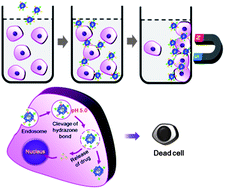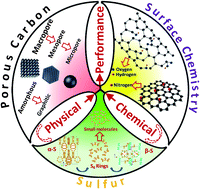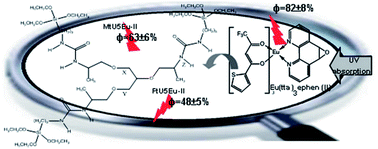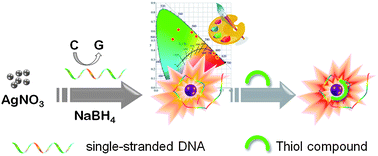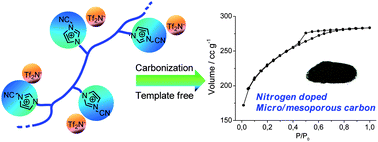
We are delighted to introduce the new Deputy Editor-in-Chief of Journal of Materials Chemistry A, Professor Hiroshi Imahori.
Professor Imahori completed his doctorate in organic chemistry at Kyoto University. From 1990-1992, he was a post-doctoral fellow at the Salk Institute for Biological Studies, USA. In 1992, he became an Assistant Professor at ISIR, Osaka University. In 1999, he moved to the Graduate School of Engineering, Osaka University, as an Associate Professor. Since 2002, he has been a Professor of Chemistry at the Graduate School of Engineering, Kyoto University. Since 2007, he has also been a Principal Investigator at the Institute for Integrated Cell-Material Sciences (WPI-iCeMS), Kyoto University. He has been awarded the Japanese Photochemistry Association Prize (2004), JSPS Prize (2006), CSJ Award for Creative Work (2006), Tokyo Techno Forum 21 Gold Medal Prize (2007), Osaka Science Prize (2007), and NISTEP Researcher Award (2007).
Hiroshi Imahori’s current interests involve artificial photosynthesis, molecular photovoltaics, organic functional materials, and drug delivery systems. To date, he has written more than 250 original papers, including:
Conjugated donor–acceptor (D–A) copolymers in inverted organic solar cells – a combined experimental and modelling study
Venla Manninen, Mika Niskanen, Terttu I. Hukka, Felix Pasker, Simon Claus, Sigurd Höger, Jinseok Baek, Tomokazu Umeyama, Hiroshi Imahori and Helge Lemmetyinen
J. Mater. Chem. A, 2013, 1, 7451-7462
J. Mater. Chem., 2012, 22, 24394-24402
Tunable, strongly-donating perylene photosensitizers for dye-sensitized solar cells
Simon Mathew and Hiroshi Imahori
J. Mater. Chem., 2011, 21, 7166-7174
We would like to take this opportunity to thank the outgoing Deputy Editor-in-Chief, Professor Kazuhito Hashimoto, for his direction during the last year. Professor Hashimoto is stepping down as he has been appointed as an Executive Member of the Council for Science and Technology Policy for Japan. We would like to congratulate him on the role.
Follow the latest journal news on Twitter @JMaterChem or go to our Facebook page.


